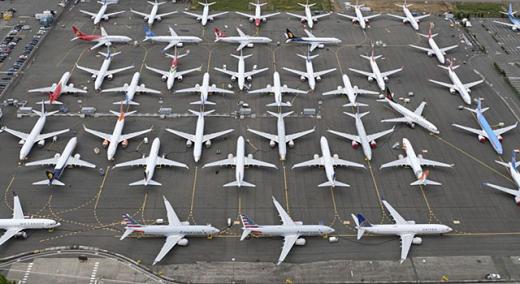
After the first crash, of Lion Air in Indonesia in October 2018, people blamed poor maintenance and insufficient pilot training. When a second airliner, an Ethiopian Air aircraft, crashed in March 2019, similarities quickly transpired. There was no apparent external influence such as poor weather. Neither was there any interference with the flight decks, as in a hijacking.
|
ADVERTISEMENT |
In both cases the pilots could not keep the aircraft from nose-diving. Airlines and regulators around the world started grounding the MAX indefinitely. Australia’s Civil Aviation Authority prohibited any B737 MAX aircraft in its airspace, followed by New Zealand’s Civil Aviation Authority.
Surprisingly, the last authority to clamp down was the U.S. Federal Aviation Administration, the governmental body in charge of certifying aircraft.
…
Comments
Michael, Thanks for sharing
Michael, Thanks for sharing this in such a clear and concise way for readers to understand the history and the issues here. As an engineer by education and a data analyst (statistician) by training, I'm deeply concerned by the absence of adequate controls in place, combined with the lack of presentation of prevailing data, to demonstrate that this "new" aircraft was both safe and effective for flight use. To me the risk is as high or higher than any implantable medical device environment -- how is Boeing (and it's competitors for that matter) being run today? Especially in a profit-centric and de-regulation focused "booming" US economy? I would rather fly in the planes made in the 60s than fly in this supposed "new" aircraft, doctored up with so called software to compensate for the fact that Boeing was too cheap to do the right thing and redesign the aircraft around the new engines. More than 200 lives were cost and I don't see them remedying this without grounding the MAX permanently and going back to the drawing board. I will make it a point to do everything I can to not fly on this aircraft if the regulators put it back into flight.
Jim McNerny
Blame it on the bean counters like Jim McNerney who destroyed 3M's R&D by focusing on shareholder returns and cost cutting future oriented programs and then abandonded 3M for Boeing despite announcing publically to the 3M employees that he was staying at 3M. When discussions of meeting the Airbus A320 challange the engineers at Boeing opted for a brand new modern airplane design instead of trying to retrofit a 1960's design. McNerney, not an engineer, thought it cheaper to retrofit. Bad decision!
Add new comment